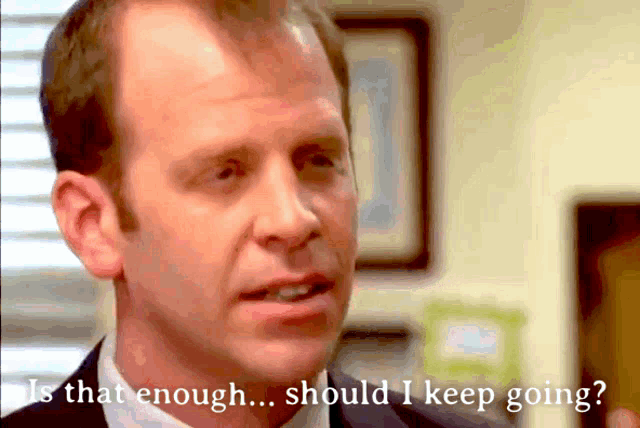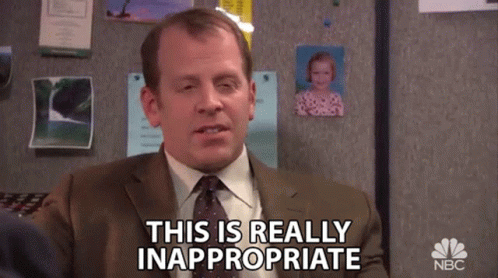5 HR Stereotypes to Avoid Becoming a Toby at Your Workplace
Oh, Toby – you give HR a bad name. Find tips to help you become an HR manager who’s an ally to employees, not the enemy.
Fans of the TV series “The Office” have always been divided about whether to hate or love Toby Flenderson, the HR Manager at Dunder Mifflin.
One of the biggest reasons Toby had a bad rap is because he wasn’t a people person, and it appeared that he worked for the organization and not the employee. This is a common sentiment reflected by people in all kinds of workplaces.
This week in Hired, we look at other common stereotypes about HR professionals that make them unapproachable at work. Plus, we’ve included tips to handle commonly occurring scenarios in a more people-centric way.
What’s Inside?
🔍 5 HR Stereotypes
🤖 Tips to combat each stereotype
Stereotype #1: HR is the "Gossip Central"
HR is perceived as the hub for gathering and spreading workplace gossip when its role is to offer a safe space to employees and make them feel heard. Their job is to address valid issues and encourage open communication. A good HR professional has excellent problem-solving and conflict-resolution skills.
How not to be a Toby: Reinforce the commitment to confidentiality within the HR function. Communicate to employees that all personal and professional matters are handled discreetly. Emphasize the importance of maintaining confidentiality to build trust among employees.
Stereotype #2: HR doesn’t know anything about the business
Some folks think HR is stuck in its little bubble, clueless about what's happening in the rest of the business. They see HR as just an administrative team, not considering that HR is crucial in ensuring an organization is productive. The HR professional of today is not just someone who manages talent recruitment but also participates in organizational strategy. Whether that’s by sourcing the right culture fit or creating a lucrative employer brand, HR helps the company meet its goals by hiring the right talent.
How to not be a Toby: Make sure your goals and initiatives align with the overall company objectives. Send an internal company newsletter communicating how HR strategies contribute to the company’s growth and success. Introducing a new policy or a new hire? Send out a company-wide email and keep everyone in the loop.
Stereotype #3: Complaining to HR is Useless
Some employees might feel that contacting HR with their complaints or concerns is futile because they don’t expect HR to take appropriate action or address issues effectively. Dispelling this stereotype is crucial for fostering trust and creating an environment where employees feel comfortable bringing their concerns to HR.
How not to be a Toby: A good HR practice that goes a long way is conducting regular company-wide feedback cycles to gather constructive feedback and employee concerns. Share the employee NPS across the company to ensure their grievances are valid and taken seriously.
Stereotype #4: HR is the "Compliance Police"
Some view HR as compliance enforcers, making everyone jump through hoops to follow the rules and regulations. This stereotype often casts HR as rigid and focused solely on ensuring everyone adheres to policies, potentially leading to a less-than-warm perception of the HR department.
How not to be a Toby: Avoid long, tedious, and unnecessary presentations about policies and try to engage employees more personally. Conduct regular one-on-ones with employees and shift the focus from just going through a checklist to a shared commitment toward a positive workplace culture.
Stereotype #5: HR is obsolete in the age of automation
People already think HR doesn’t do much. With the advent of recruitment technology, it’s become a common misconception that these tools will replace HR altogether. However, Human Resources requires more complex skills such as effective communication, conflict resolution, and strategic thinking – something technology can’t mimic.
How to not be a Toby (Pro AI Tip) 🤖: Embrace special tools like Iris for faster sourcing (shameless plug), Talmundo for onboarding, and 15Five for performance management to make your work smoother and more efficient and improve the employee experience.
A good HR professional conducts the balancing act of a strategic partner and a trustworthy employee advocate effortlessly and seamlessly. Share your tips on how you evade HR stereotypes at your workplace below!









HR role is versatile and very rightly pointed out here that it requires a good balance.